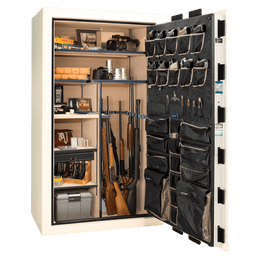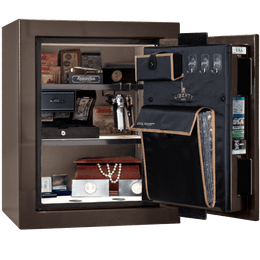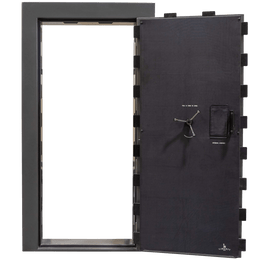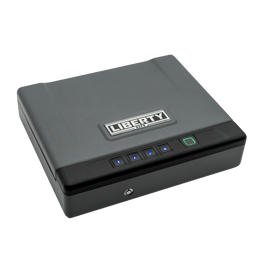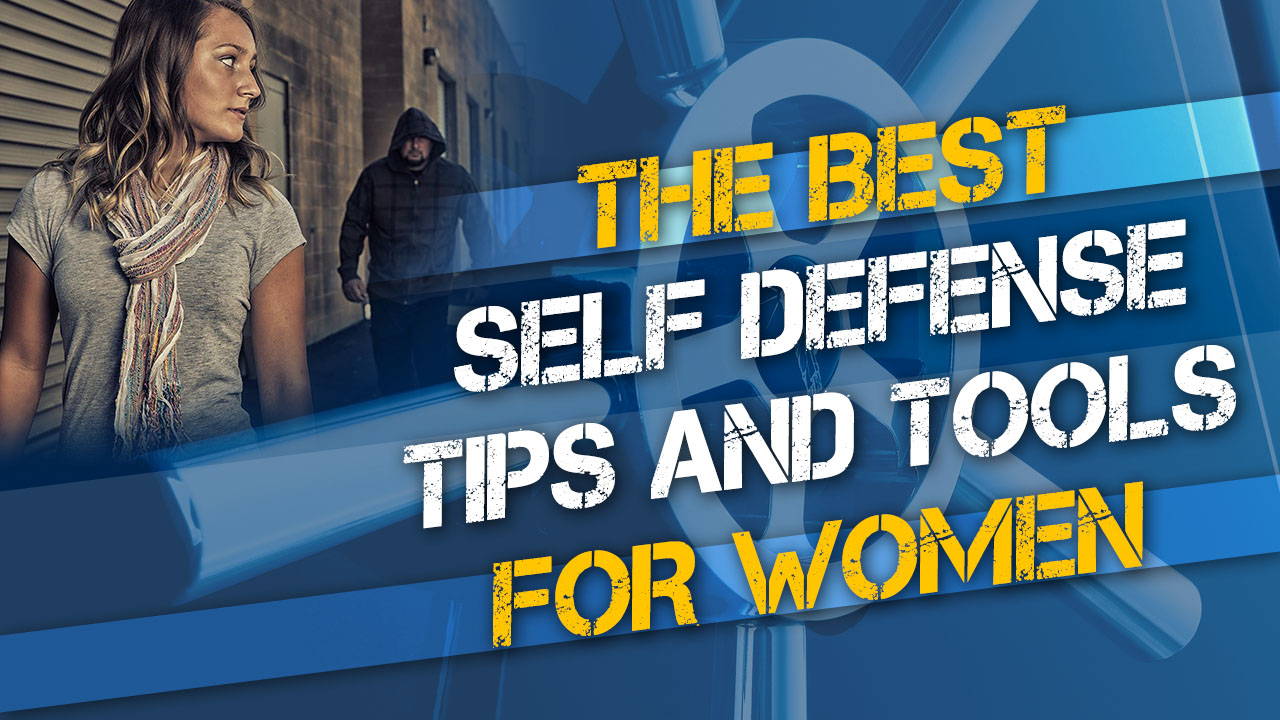Even with today’s enlightened definition of woman, the sad fact remains that in the USA, women are much more likely to be victimized in sexual assaults and domestic violence than men. In general, women are physically weaker than men, and may also be viewed as easy targets by thugs. Statistics show that one in three women will be the victim of some type of violent attack in her lifetime.
It’s important for all woman and men to be able to defend themselves against physical threats, and women should prepare themselves mentally and physically to defend themselves and their families if needed. We’ve gathered some of the top self-defense tips and tools for women to get you started.
Top self defense tips for women
In large part, self defense for women is similar to self defense for men. There are bone structure, musculature, and other anatomical differences between them, but in general, the defensive tips and techniques that are effective for men can also be effective for women, since violent criminals are almost always male. However, there are some nuances. Let’s go over our top 10 self-defense tips and practices for women.
1. Get professional training
The first and most important self-defense tip for women (and everyone else) is to get professional training. Buying a gun, a Taser, or a can of pepper spray is not a magic talisman that somehow prepares your mind and body for a violent attack, nor will the sight of it frighten away most violent criminals.
If you choose to be armed, make sure you get training and practice regularly to remain proficient both in the use of that weapon as well as in hand-to-hand defensive tactics. You can’t simply rely on your firearm, knife, stun gun, or chemical spray to save you, particularly if you rarely train with it.
And whether they carry a defensive weapon or not, women need to plan for how to defend themselves with their fists, forehead, fingernails, elbows, knees, and feet.
There are grappling/hand-fighting defensive techniques that can help women prepare for violent attacks, being grabbed from behind, being pinned at both wrists, etc. However, describing them in print is neither effective nor useful. It’s imperative that women get professional, hands-on training from someone who specializes in women’s self-defense. Search online for Krav Maga, Gracie, or women’s self defense near me to get some options in your area.
Sign up with your girlfriends, or your significant other, or go alone, but get professional training and practice regularly enough to keep your skills sharp.
2. Pay attention to your instincts and follow them
You can probably remember a time when you felt the hair on the back of your neck rise but didn’t know why. Or you looked at someone and just thought, that guy is dangerous, but couldn’t really elaborate anything specific that made you think that way. Humans have instincts like other mammals. And often those instincts are spot-on.
In many situations where women have survived violent encounters, they later report that before they were attacked they felt something was wrong, but ignored that feeling.
Trust your instincts. If you have a bad feeling about someone or don’t feel right in a certain situation, it’s best to play it safe.
3. Be mentally ready for an attack
Being mentally ready doesn’t mean you have to live in a constant state of fear or paranoia. But you do need to accept the reality of potential violence inflicted upon you and try to be mentally (and physically) ready if it comes. Again, training can inoculate you somewhat for the initial psychological shock of an attack, which can give you that crucial half-second advantage and time to react appropriately to the threat, and might just save your life.
4. Look and act confident
Like other predators in the animal world, criminals look for weakness and exploit it. If you’re distracted by your pet or child, immersed in your smartphone, walking slump-shouldered with your face pointed at the ground and your hands in your pockets, etc., you look like an easy target. Present yourself confidently, stand up straight, walk purposefully, and keep your eyes up and aware, on the other hand, and you’ll go a long way toward deterring many criminals of opportunity set to attack the unaware and unprepared.
5. Set verbal boundaries
This is another area where training from a professional can help immensely. Many predators interview or test out their potential victims before deciding to attack, and your responses can make the difference. It’s impossible to cover all the variables here, so make sure to take a class with someone experienced in verbal self-defense tactics. Generally, standing tall, making assertive, confident statements, and setting verbal limits will go a long way toward encouraging a potential attacker to reconsider. Here’s a good primer into setting verbal boundaries and learning to assert yourself in uncomfortable social environments.
Video: Verbal Self Defense Training
6. Leave sufficient space
This can have several meanings in a defensive context. Most experts in handgun or knife defense say that 21 feet (or 7 yards) is about as close as you want to let a potential threat get, since that’s the amount of time it typically takes armed defenders to present their weapon.
Hand-to-hand defensive instructors often say that about one and a half arm’s lengths of space is about the minimum to allow you time to react to a sudden attack. If someone is getting close to that personal space, use your verbal skills (which you mastered in your self-defense class, right?) to set boundaries. If an assailant doesn’t respond to your verbal commands, it’s time to go hands-on or bring your defensive weapon into bear appropriately.
7. If there’s a way out, take it
If you are feeling uncomfortable and there’s a way to avoid a violent confrontation, get the hell out of there as soon as possible. Don’t be embarrassed about leaving a party or bar, going out a restaurant’s side door, crossing to the other side of the street, driving away, or taking the next elevator or train car. Convenience and social propriety are secondary to your life.
Video: Woman Documents Scary Moments Of Being Followed While Running
8. Avoid sketchy situations in the first place
Many people call this situational awareness. Train yourself to look for potential dangers, and if you can avoid a bad situation altogether, avoid it. It’s a lot easier and less traumatic to evade an attack than defend against one once it comes. Some people put it like this: If you feel like you really need your gun to go to a particular location, it’s probably better to simply not go to that location in the first place.
Jeff Cooper was a very influential and famous writer and instructor in the self-defense firearm world who developed a famous system of colors of mental awareness. In condition white you are unaware and unready for threats. In condition yellow, you are prepared and relaxed but alert to the possibility of threats, and are maintaining good situational awareness. Condition yellow is where you should be living your life when away from a secure location.
Video: Mental Condition and Color Codes
9. Keep your defensive techniques basic
In a fight you may get tunnel vision, numbness in your extremities, a ringing in your ears, shakes from adrenaline, and more. Be wary of defensive techniques that involve fine motor skills or complicated moves that require your brain to solve complex problems or which rely on a specific course of actions that must occur to be effective.
Practice and get proficient in defensive techniques that use large muscle groups, simple moves, and effective attacks like hammer strikes, groin kicks, heel palm strikes, elbow strikes, and others which you will learn in your women’s self-defense training class. You ARE going to sign up for a class, right?
10. Don’t stop fighting until it’s safe to escape
If you’re in fear for your life, you need to do whatever is necessary to protect it, and keep fighting until the threat is neutralized or it’s safe for you to get away. Don’t pause after your initial response and allow your attacker to recover and regroup to attack again. Fight like your life depends on it, because it does.
Lethal vs. non-lethal self-defense weapons for women
The decision to use non-lethal (or less-lethal) self-defense tools rather than lethal weapons is a personal one, and it may be influenced by your individual morality, your local laws, the availability or cost of defensive weapons or tools, and more factors.
Lethal self-defense weapons generally comprise three groups:
- Firearms
- Knives and other bladed weapons.
- Tactical batons, truncheons, or clubs.
Each has its own pros and cons, and each is highly regulated in most locations in the world. You shouldn’t carry a gun, knife, or tactical baton (or any of the non-lethal or less-lethal defensive tools) without the full understanding of all applicable laws, and you should also receive professional training in the use of your weapon.
Non-lethal self-defense weapons (or tools) can be grouped into the following general categories. Let’s go over some pros, cons, and considerations:
Chemical, mace, or pepper sprays and gels
These self-defense compounds rely on severely irritating an attacker’s eyes, nose, skin, and respiratory system in order to temporarily incapacitate them so you can escape. There are multiple types of compounds and delivery methods and some are better than others, so be sure to do your research and ideally test out a couple of your top choices in both an indoor and outdoor environment so you know a little more about what to expect when you use one of these sprays or gels.
Some disadvantages are that on windy days, clothing or other objects in the way may disperse a defensive spray and make it ineffective, or worse, deflect it back into your own face. Additionally, some hardcore thugs don’t seem to be bothered much by chemical or pepper sprays, so ideally, you may want to also carry a legally concealed firearm or other lethal weapon if you need to escalate.
Stun guns, Tasers, and energy weapons
The Taser is the most famous brand of this type of electric defensive tool, but there are dozens of varieties, styles, voltages, and delivery systems. The basic premise is these devices deliver an incapacitating amount of electrical voltage to the attacker, theoretically causing full lockup of their muscles and rendering them unable to continue their attack.
Many stun guns must be pressed against the attacker when firing the device, but some models fire barbs and wires that can take down a threat from up to 15 feet away (for non-law-enforcement models). The downsides are that thick clothing may prevent full effective completion of the circuit, particularly for the contact type stun guns. Both types may arc through clothing and deliver a partial shock, though.
Additionally, it’s rare but possible to be partially shocked yourself by contact with the wires, barbs, or if you complete an incomplete circuit by contact with the tased attacker between the barb locations.
Taser Self Defense says they are legal in 49 states, but obviously, it’s up to you to comply with local regulations. Like all lethal, less-lethal, and non-lethal defensive tools, they should not be used unless you are in fear for your life.
Safety tips for lethal weapons
The main safety tip for all lethal weapons is for you to learn their proper function, read all manuals and relevant information, get proper training, and keep them securely stored on your person or locked away when not in use. And it should go without saying, but if you own a gun you need to learn and follow the four rules of firearm safety at all times.
Knives and other bladed/sharp weapons should be sheathed or ensure that any folding blades can’t accidentally come open inside a pocket or handbag. This can be very bad. Kydex knife sheaths are awesome and can provide retention in addition to protecting you from the sharp and pointy bits.
You absolutely must be in control of your handgun at all times. We don’t recommend off the body carry for most people, i.e., carrying your gun in a purse or handbag, backpack, briefcase, desk drawer, car glove box, etc. You should carry your defensive firearm on your person in a quality firearm holster.
You may be deemed liable if you lose track of your gun, it falls out of your pocket, you leave your handbag, briefcase, or backpack somewhere and forget your firearm is inside.
Again we must stress the absolute necessity of regular practice and training with your defensive firearm. As we said earlier, just buying and carrying a gun isn’t a magic bullet (pun intended) that deters bad guys. In a nasty situation, it has the potential of making things worse if you’re not prepared.
How to store your gun safely
Whenever your gun is out of your immediate control, it should be unloaded and securely stored. Let’s briefly go over the three main categories of safe gun storage.
Handgun safes and vaults
A quality handgun vault is a great way to help prevent unauthorized access or theft of your self-defense firearm, while still allowing quick and easy access for you when you need your gun. These handy devices are available in multiple sizes and configurations, and can be securely bolted to heavier objects, walls, furniture, etc. to help prevent them from being stolen. Check out Liberty’s offerings and choose the type that fits your needs as well as your budget.
Gun safes and vault doors
Handgun safes are great but they have their limitations. The best way to protect your gun (as well as other valuables) is to purchase a quality, fire-rated USA-made gun safe or install a vault door. A good safe protects your guns not only from unwanted access or theft, but also from humidity, fire damage, and determined attacks by thieves. A quality gun safe can be pricey and heavy depending on the size and security rating you choose, though, so be sure to look at the full line of Liberty safes and you’ll find the perfect match for your living situation and your pocketbook. Check out Liberty’s gun storage accessories, also.
Trigger locks, cable locks
This is the bare minimum for safe handgun storage, and we don’t recommend trigger locks or cable locks as an effective, primary firearms storage method. However, if this is all you have, or if such a device is required in your local jurisdiction, be sure to use one from a reputable manufacturer, and ideally, purchase a handgun vault or fire-rated gun safe as soon as you can.
Note: Never install a trigger lock or cable lock on a loaded firearm.
Get the best gun safes at Liberty Safe
Whatever self defense tools or weapons you decide to employ, you can keep them secure when not in use by locking them in a fire-rated, USA-made gun safe. Liberty offers a full-line of gun safes for every taste and budget. Check out our line of gun safes or visit a showroom near you.
*Made in the U.S.A. from U.S. and Global Parts.


